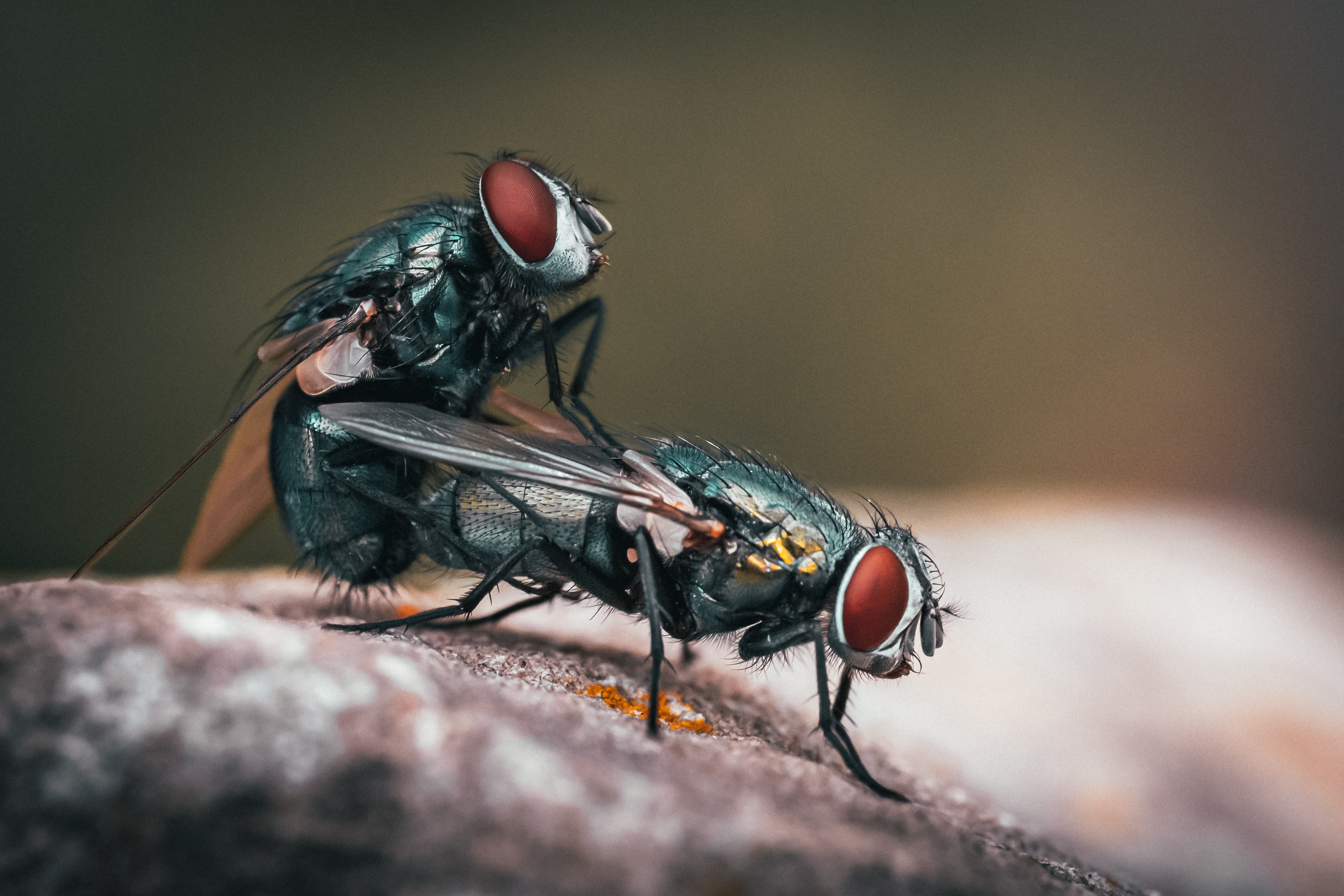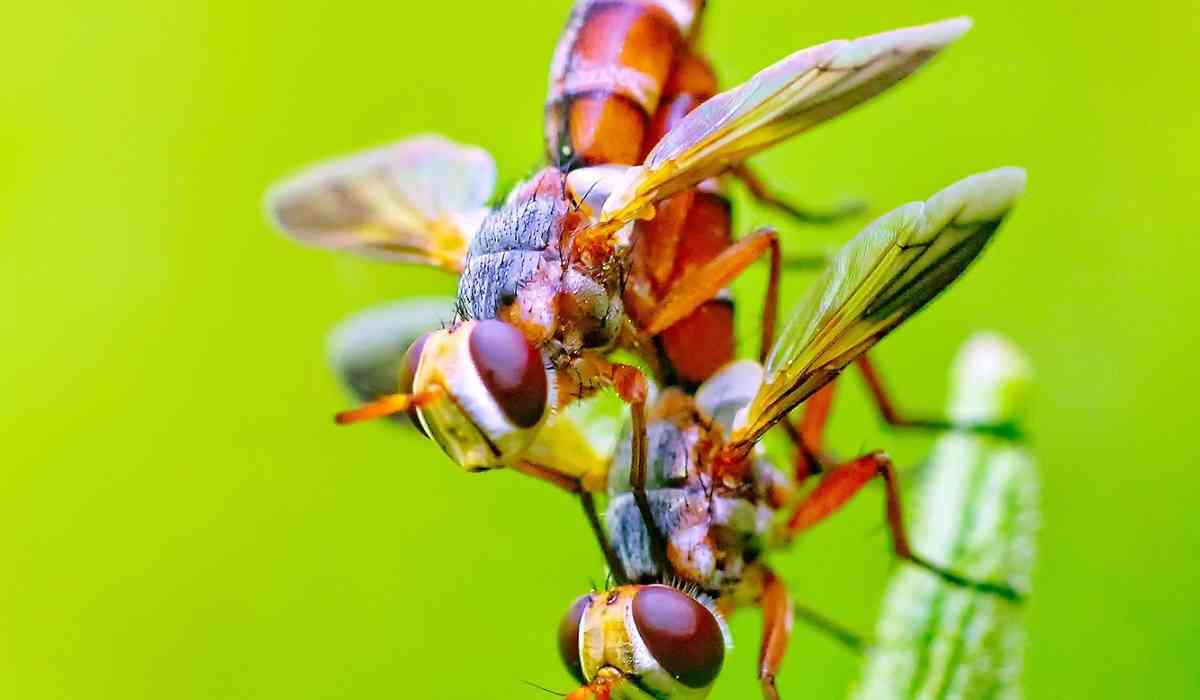A tsetse fly pheromone discovered by Yale researchers sheds new light on the insects' communication patterns and has the potential to reduce their spread of diseases
Tsetse flies are a group of blood-sucking flies that are found in sub-Saharan Africa. They are known to transmit a parasitic disease called African trypanosomiasis or sleeping sickness, which can be fatal if left untreated.

Female tsetse flies use pheromones to attract male flies for mating. These pheromones are produced in the female's salivary gland and are released into the air as a scent that male flies can detect. The pheromones play a crucial role in the reproductive behavior of tsetse flies, as they allow males to locate females for mating.
Researchers have studied tsetse fly pheromones to develop control methods to manage tsetse fly populations and reduce the spread of African trypanosomiasis. One approach has been to develop synthetic pheromones that can be used as bait in traps to attract and kill tsetse flies. This can be an effective way to control tsetse fly populations in specific areas and reduce the risk of disease transmission.
© Vygr Media Private Limited 2023. All Rights Reserved.






















